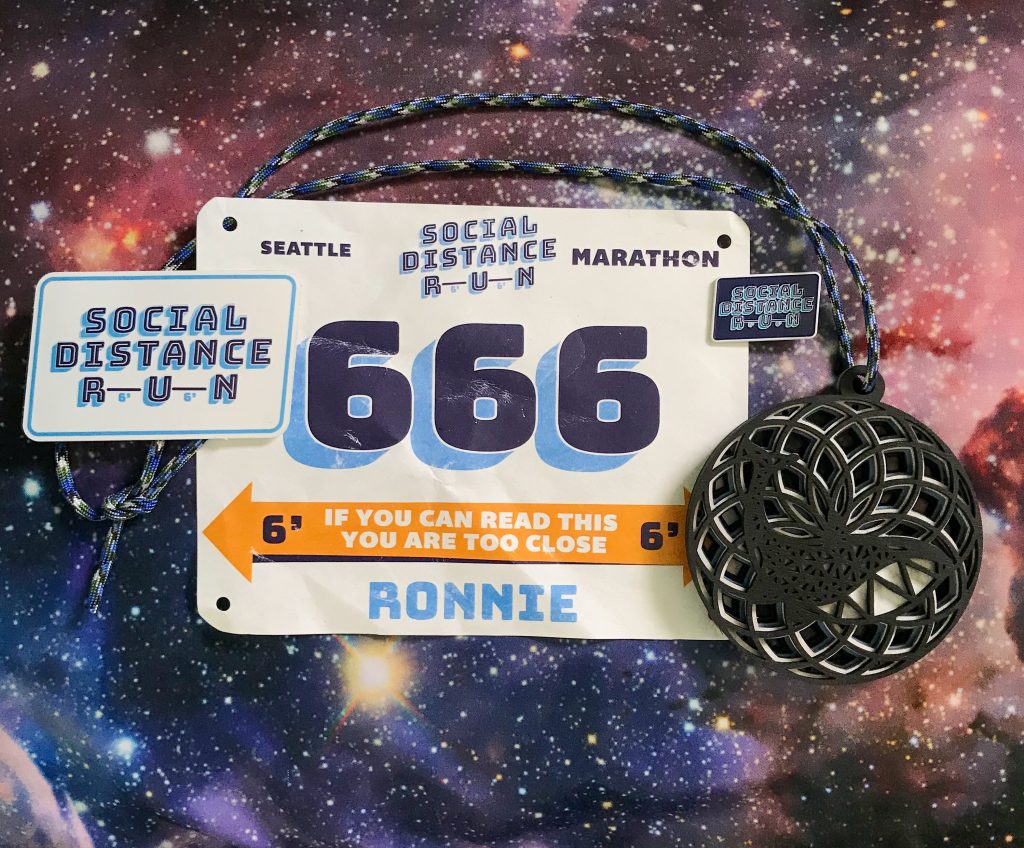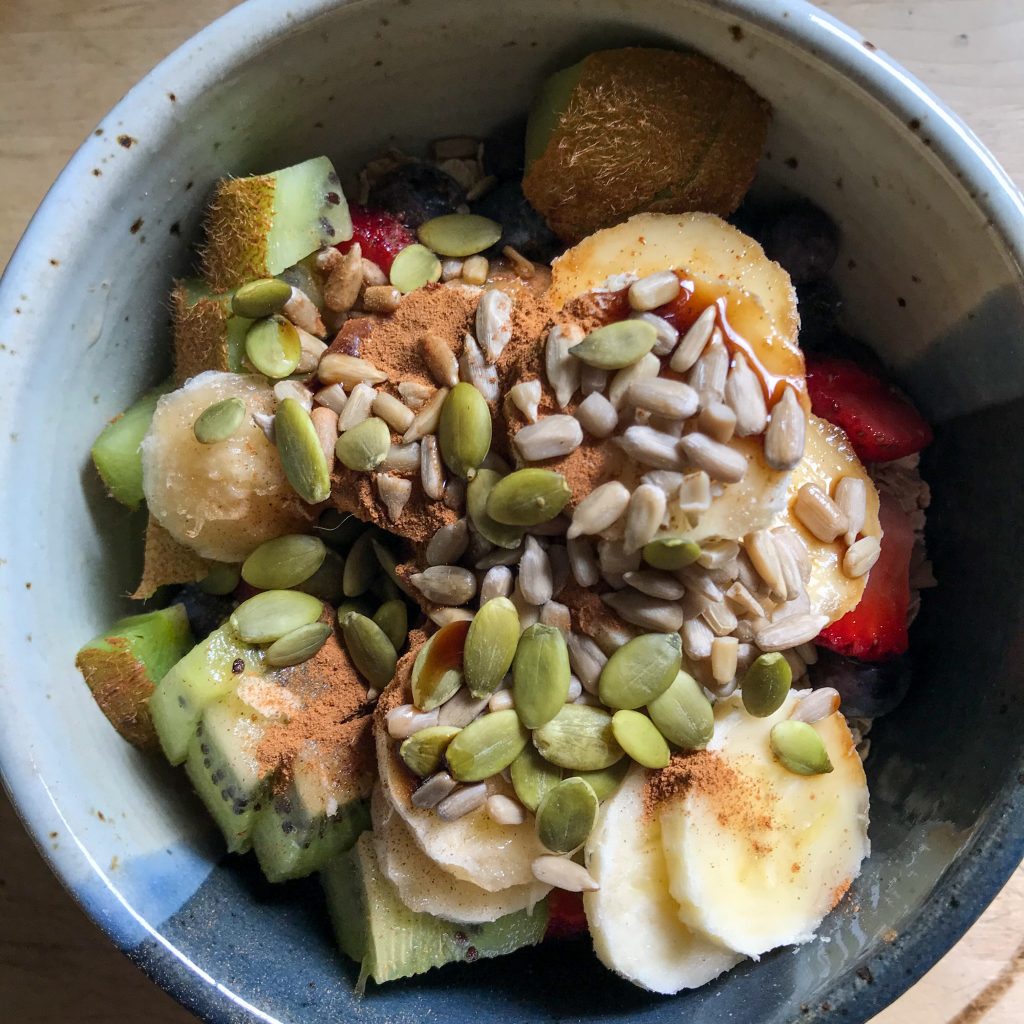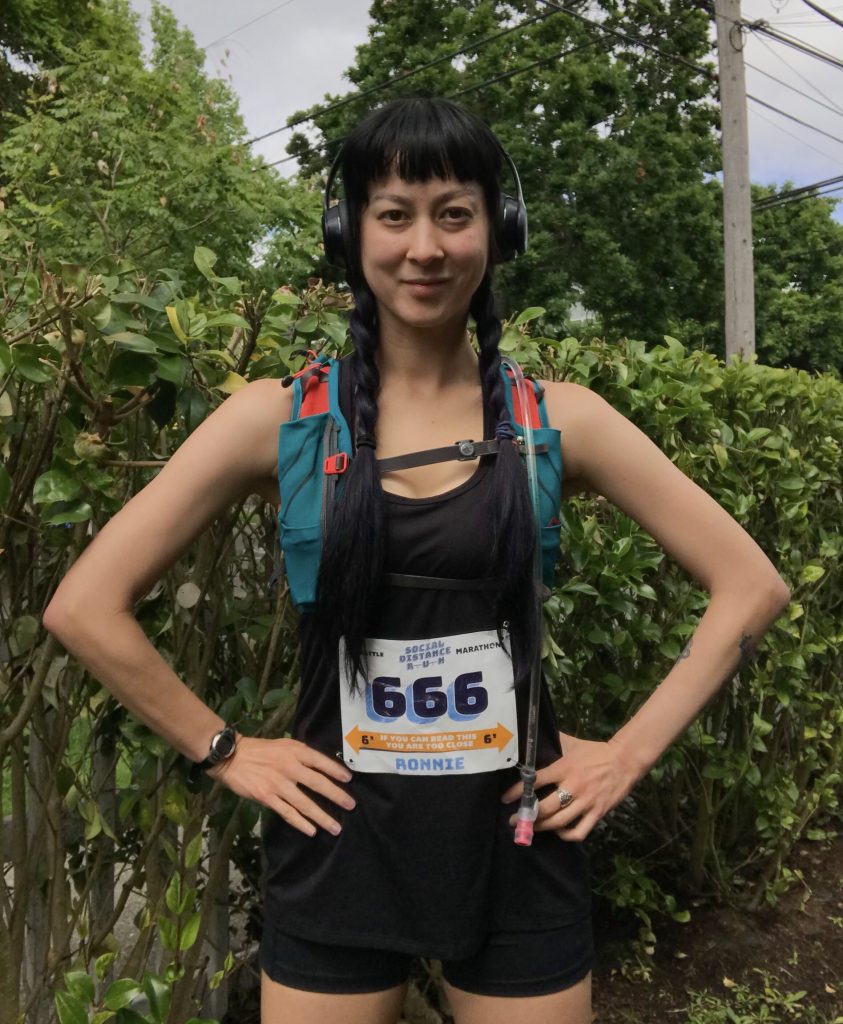Marathon #9: The Social Distance Run
Exactly what it sounds like

This pandemic has cancelled many races, as seen in the Vancouver Marathon a couple weeks ago. Orca Running put on the Social Distance Run for the first and hopefully only time for that very reason. The Social Distance Run is exactly what it sounds like: participants choose a distance to run on their own and use a GPS to track their time and distance—all while maintaining a minimum physical distance of at least six feet.
I used the same gear as last time: Osprey 1.5 liter hydration vest, Gu energy gels, and the Strava app on my iPhone.
How it works
There are six distances for this race: 5K, 10k, half marathon, 30k, full marathon, and 50k. I strongly considered the 50k (31 miles), which is an ultramarathon distance. I was already training for the Vancouver Marathon, and with the two races only two weeks apart, there wouldn’t have been enough time to train for an ultra. I chose the next best thing: another full marathon.
This particular race comes with many perks. All participants get to join the private Facebook group for encouragement, motivation, questions and answers, and an endless supply of dad jokes. It’s a highly supportive and responsive group—runners post about their progress, their amazing long runs, and even when training gets difficult.
The Social Distance Run also sends out weekly emails and training programs. I was using my own program since I was already training for two full marathons. They also sent out Pop Tarts for those who signed up for the ultimate race package.
Alone together

I slowly ate my oatmeal and sipped my coffee for breakfast, the fuel for this long race.
There’s something about running 26.2 miles alone. There are no crowds or spectators to cheer you on. You’re on your own, and you lean on that kernel of faith to keep going.
It’s like a metaphor for life, especially in these strange times: take it one day at a time. One mile at a time. Eat snacks, and drink lots of water. Keep going, stay present, and don’t ever give up.

Social distancing protocol still remained a minimum of six feet. When passing someone, I stepped off the sidewalk and ran carefully on the road. We‘d give each other the social distance salute, which is a wave and a nod of acknowledgement and gratitude. The best part was this vivacious old lady with cotton-candy-pink hair and heart-shaped sunglasses cheering me on from the other side of the street. I don’t know who she was, but I love her.
When I ran the Vancouver Marathon, running 26.2 miles alone in the 80-degree heat was an experience. I was a bit apprehensive about having a repeat. The weather this weekend was 20 degrees cooler, which makes a huge difference. Runners are like flowers in the heat—we wilt.
Another marathon completed

My time was still on the slower end: 05:34:56. It was still half an hour faster than the last race. Nonetheless, it’s my first time doing two marathons in a month. I’m so happy I did it!











